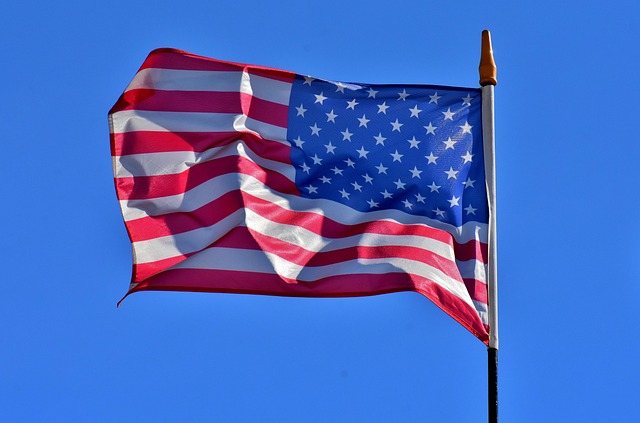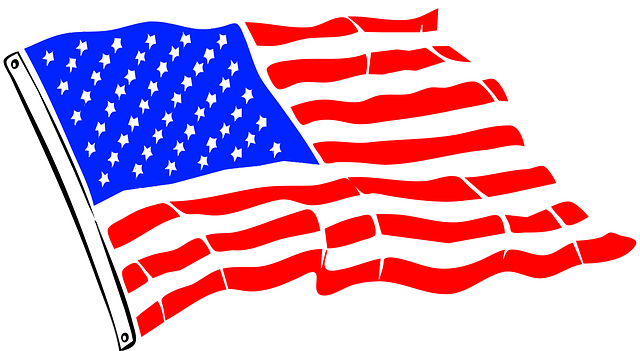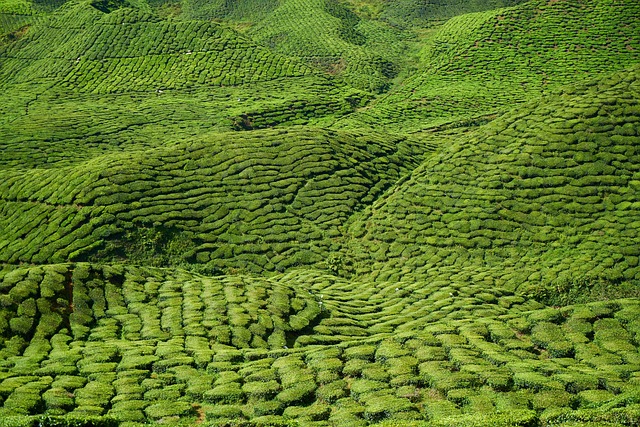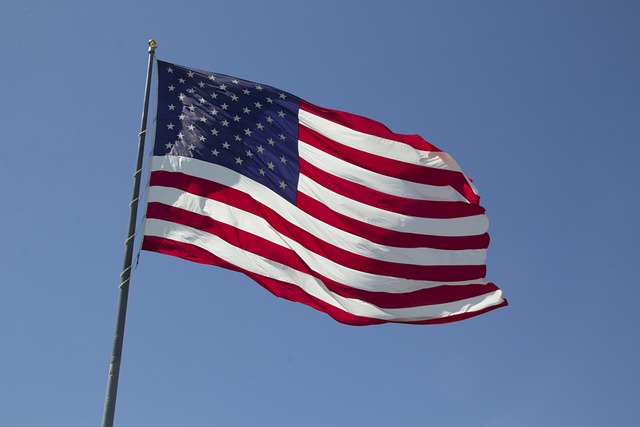The tea-stained American flag is a poignant historical artifact that symbolizes resilience and nostalgia, dating back centuries as a means of preserving flags through natural treatments. These unique banners evoke strong patriotism, telling stories of colonial history, trade routes, and civil wars. Each stain represents a pivotal moment in America's past, making them valuable collectibles for heritage lovers. The restoration process involves meticulous cleaning, transforming the flag while offering renewed perspective on freedom. Once symbols of protest, these flags have evolved into cultural emblems, preserving revolutionary struggles and marches for equality. As tangible links to our collective memory, their preservation is critical for future generations, encapsulated within skilled artisans' revival efforts using traditional crafts and modern techniques.
The tea-stained American flag, a haunting image of resilience and rebellion, has captivated and sparked debate since its emergence during protest movements. This article delves into the historical context behind these faded banners, exploring their symbolism and artistic significance. From political statements to cultural heritage, the tea-stained flag represents freedom’s complex narrative. We analyze its evolution, preservation efforts, and ongoing impact on modern activism, shedding light on why this peculiar artifact continues to resonate.
- The Historical Context of Tea-Stained American Flags
- Symbolism and Interpretation: Freedom's Faded Image
- Artistic Expressions: Capturing Resistance on Fabric
- Cultural Significance: From Protest to Heritage
- Preserving the Memory: Tea-Stained Flags Today
The Historical Context of Tea-Stained American Flags

The historical context behind tea-stained American flags is deeply intertwined with the nation’s past and its enduring symbolism. These unique flags, marked by their distinct yellowed or stained appearance, have become a powerful representation of both resilience and nostalgia for many Americans. The practice of preserving flags through tea staining dates back to ancient times when cultures around the world used natural dyes and treatments to honor and remember significant events. In the context of the United States, these tea-stained banners often evoke a sense of patriotism and reverence for those who came before.
For heritage lovers, these flags hold immense value as they tell tales of trade routes, colonial history, and even civil wars. Each stain, created by immersing fabrics in tea or other natural solutions, becomes a testament to the flag’s journey—a physical reminder of battles fought, traditions upheld, and the enduring spirit of freedom that has shaped the nation. Thus, flags that once waved proudly on fields and campuses now serve as cherished collectibles and conversation pieces, allowing modern-day enthusiasts to connect with the rich tapestry of their country’s heritage.
Symbolism and Interpretation: Freedom's Faded Image

The tea-stained American flag, with its faded stars and stripes, serves as a powerful symbol of freedom, evoking both nostalgia and introspection. The vintage American flag restoration process, which meticulously cleanses and preserves these historical artifacts, reveals not just a physical transformation but also a deeper reinterpretation of our nation’s ideals. Flags that whisper of tea, once tattered and forgotten, become time capsules encapsulating moments in history where liberty was fiercely fought for and celebrated.
Through the lens of these aged flags, we view freedom as an ever-evolving concept, etched into fabric that has witnessed generations of change. The stains, marks of time, and tattered edges remind us that freedom is not a static state but rather a dynamic struggle, continually shaped by our collective actions and memories. Just as the restoration process breathes new life into these flags, so too does the ongoing narrative of freedom continue to redefine and renew itself in our contemporary world.
Artistic Expressions: Capturing Resistance on Fabric

Artistic Expressions: Capturing Resistance on Fabric
The concept of freedom has always inspired artists to create powerful visual statements. One unique way this theme manifests is through the creation of tea-stained treasures from yesteryear, particularly the iconic American flag. This technique involves immersing cloth in tea to achieve a rustic, aged appearance, effectively preserving tea-stained memories of historical struggles for liberty. The process is both an art and a form of memorialization, as it transforms modern symbols into vintage artifacts that evoke a sense of nostalgia and resilience.
By using fabric as a canvas, artists can portray the essence of freedom in a subtle yet profound manner. The tea-stained stars and stripes become a visual narrative, telling stories of revolution and perseverance. This medium allows for a connection to the past while also highlighting the ongoing relevance of the freedom struggle, ensuring that these powerful symbols are not just preserved but also reinterpreted for contemporary audiences.
Cultural Significance: From Protest to Heritage

The tea-stained American flag, with its faded stars and stripes, has evolved from a symbol of protest to an emblem of cultural heritage. In the past, it represented a banner’s journey through time—from the boiling tea pots during colonial unrest to the hands that held it high in marches for equality. These flags, often preserved as teasched treasures from the past, carry with them stories of resilience and change.
Today, these historical artifacts serve as tangible links to our collective memory, reminding us of the sacrifices made by those who fought for freedom. The faded colors and worn fabric tell tales of protests, marches, and moments that shaped our nation’s identity, transforming the tea-stained American flag into a powerful symbol that transcends its original political context.
Preserving the Memory: Tea-Stained Flags Today

In a world where physical remnants of history are ever-dwindling, the preservation of symbols that represent our collective freedom becomes increasingly vital. One such symbol is the tea-stained American flag—a tangible link to the past that whispers tales of rebellion and courage. These flags, once vibrant and proud, now carry the weight of time in their faded stripes and frayed edges, serving as a testament to the enduring spirit they once represented.
The art of restoring these historic banners is a meticulous process that combines traditional heritage crafts with modern authentic flag restoration techniques. Skilled artisans carefully study each tear, stain, and discoloration, using their expertise to revive the faded glory of these time-honored symbols. The end result is not just a restored flag but a preserved piece of history, allowing future generations to connect with and understand the struggles and triumphs that shaped our nation’s identity, all encapsulated within the familiar embrace of the tea-stained American symbol.
The tea-stained American flag has evolved from a symbol of protest and resistance to a cherished piece of cultural heritage. Its historical context, rich in symbolism and artistic expression, continues to resonate in today’s society. As these flags are carefully preserved, they serve as a tangible reminder of the struggle for freedom and the diverse interpretations that have shaped our collective identity. The unique beauty of tea-stained fabric invites us to reflect on our past and embrace the enduring power of these iconic symbols.
